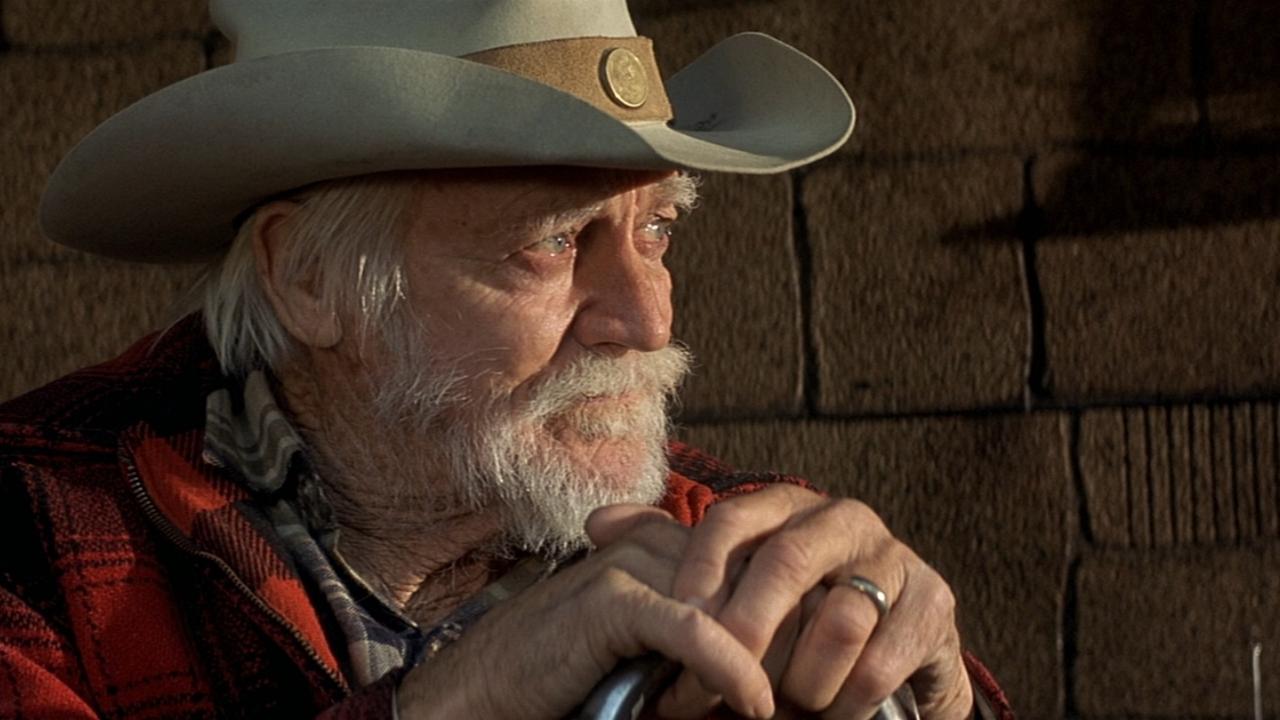
Those who are adherent to the French based auteur theory would have the film watching world know that every film of a film maker adjudged to be “great” is, inherently, great itself. Now, in practical terms, while it pretty much requires a great film maker to create a great film, it doesn’t really follow that every film a film maker brings into the world will be great.
There is an old adage the only a mediocre person is at his/her best at all times. By the same token, though a film may indeed be recognizable as a certain director’s work by its style and motifs germane to the film maker, there may well be times that the elements just don’t come together properly.
Added to this would be the times a film maker has really come up to the plate, only to have the public stay away or, if the film was a hit at one time, somehow the film may be forgotten with the passage of time. This list concentrates on the later type of film.
Why do the films get overlooked or become overlooked? Maybe they aren’t what the public expected. Maybe the culture changes and leaves them unfairly behind. Maybe unseen factors such as poor distribution or legal entaglements keep the film out of sight. However, the good news is that, in these cyber times, films aren’t largely locked away and kept out of sight for decades on end, as was once the case (and the cases with more than one film on this list). These films may or may not return to a large public consciousness (if they ever had one) but the individual viewer may well seek, find, and enjoy.
1. A Woman of Paris (1923)
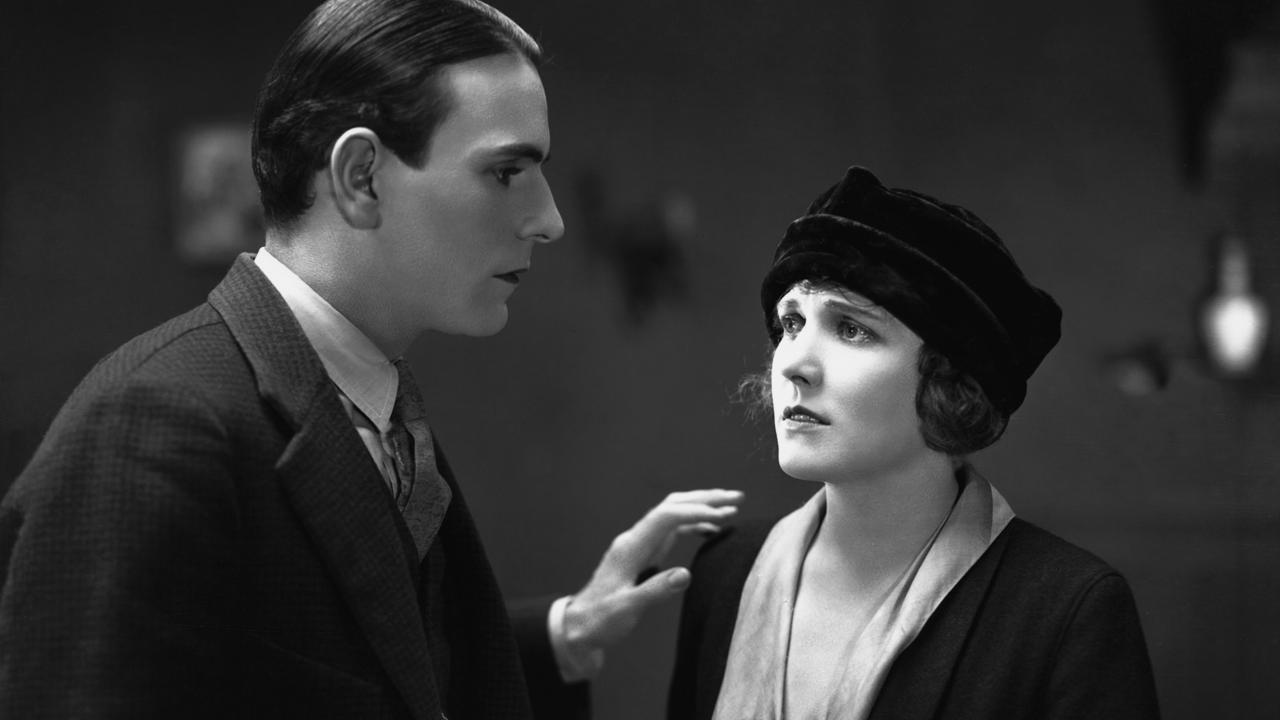
For almost as long as there has been film history, there have been endless plaudits for the comic genius of Charles “Charlie” Chaplin. Chaplin, as most surely know, was one of the first and, even now, greatest of screen clowns. Additionally, he also directed, produced, wrote and, after the coming of sound, even helped compose the scores of his much acclaimed films. Thankfully, he did not seem all that susceptible to the urge that clowns always seem to get to “play Hamlet”.
Though his 1948 black comedy masterpiece Monsieur Verdoux had its serious moments, he didn’t go dramatic until his penultimate starring appearance in 1952’s Limelight (a mixed film with wonderful performances). Perhaps he got it out of his system for several years due to the fate of his initial stab at drama, albeit one without a starring role for himself (he does have a quick cameo as a train porter, though).
A Woman of Paris stars is longtime protégée Edna Purviance in this rather sophisticated (for its day) drama of irony and fate. The title character is first seen as the mistreated step-daughter of a monstrous man in a little French village. After one bad encounter too many, the young woman and her aspiring artist boyfriend (Carl Miller) plan to run away to Paris together. However, fate prevents him from meeting her at the railway station at the appointed time and she leaves for Paris alone.
A year later, the young man gets to Paris and searches for her. Unfortunately, she learned the ways of the world rather quickly and is living a luxurious existence….as the kept woman of a wealthy man (Adolph Menjou). Though she hides the truth from the young man as long as possible, all concerned are on a somewhat tragic collision course.
By today’s standards the story is bit contrived and melodramatic and this starring role shows why Chaplin was never able to make Purviance, who was pretty and not without talent, into a major star, despite co-starring with him in a number of films. However, his touch as a director is very sure and the situations play out in a far less purple manner than might be expected. The one player to go on to a major career is Menjou, and his performance here gives a good indication why.
However this film didn’t help him or anyone else. At the time, if the public saw Chaplin’s name on the marquee then they wanted him starring in the film and they wanted him to be funny. Chaplin simply moved on and had a big triumph with 1925’s The Gold Rush (though, sadly, this was the end for Purviance, career-wise). Chaplin put the film in the vault and it wasn’t seen again until the 1970s. It may not be up there with The Gold Rush or 1931’s City Lights but this is a major and important work from a great cinematic artist and deserves respect and recognition.
2. Le Notti Bianche (1957)
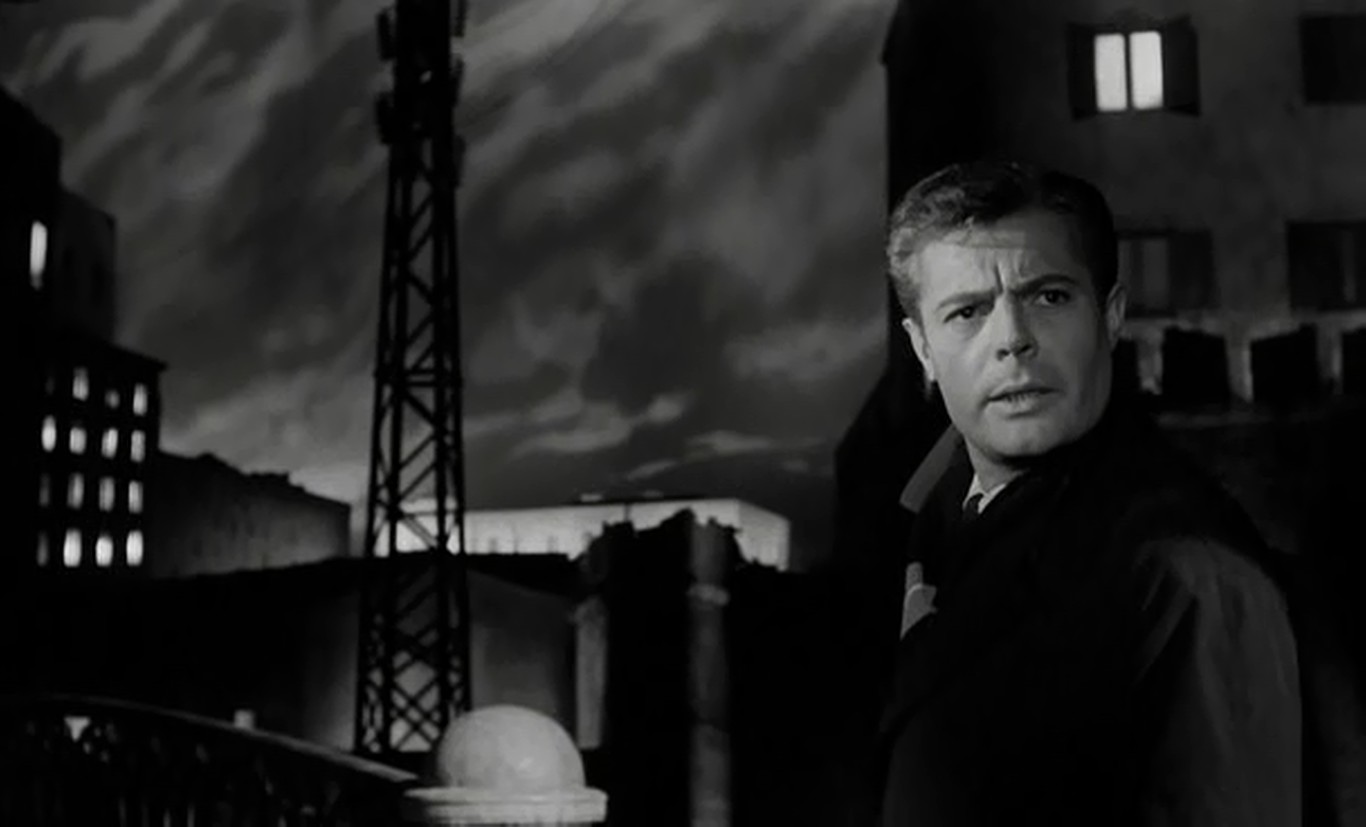
Looking at this film purely on paper, it should be one of the great ones ever. This is a modern dress adaptation of a work by the great Russian novelist Fyodor Dostoevsky by one of Italy’s finest film maker ever, Luchino Visconti. It stars one of Italy’s all time greatest actors, Marcello Mastroianni, along with famed German actress Maria Schell and French acting icon Jean Marias.
Behind the camera, Visconti had three of the Italian film industry’s finest talents, Suso Cecchi D’Amico, who co-wrote the script with him, and the famed cinematographer Giuseppe Rontunno, with music by the immortal composer Nino Rota among other collaborators. On paper, it looked like a can’t miss proposition and up on the screen….well, it didn’t miss, looking and playing wonderfully well. However, for some reason, it isn’t as well remembered as some of the other films in the cannons of its makers.
To be fair, the film maker and many of his collaborators made some of cinema’s greatest masterpieces with a capital M. This one may be a masterpiece with a small m but that’s better than many, many films can achieve.
Up until this point Visconti had been a film maker in the Neo-realist tradition, filling his films with liberal, socially progressive themes. This intimate and delicate tragic-romance was a transitional work in his cinema in that he began to embrace the more formal, operatic, naturally aristocratic side of his nature (he was a titled nobleman but chose to largely reject the trappings of that lifestyle).
The story involves a young man (Mastroianni) encountering a sad young woman (Schell) who cries while standing on an ancient, ornate bridge every evening in a picturesque old Italian town. It seems that a year earlier she had promised her love to a young man boarding in her grandmother’s home.
The young boarder had left, promising to return when he had enough money for he and the girl to wed. She is trying to be faithful but has had no word for a year and may well be living a life of delusion and false hope. The young man in the present is falling in love with her but must break the hold of the past, rightly or wrongly, on the woman for himself to have any chance with her.
The acting (especially Mastroianni) is fine, as is direction, script, you-name-it. Few ever say bad things about this film. However, for whatever reasons, this one just gets tucked away in people’s mind, rather than being put in a living film lexicon. That is unfair, but that’s life. However, one hopes that future viewers will give this more of chance.
3. Bay of Angels (1963)
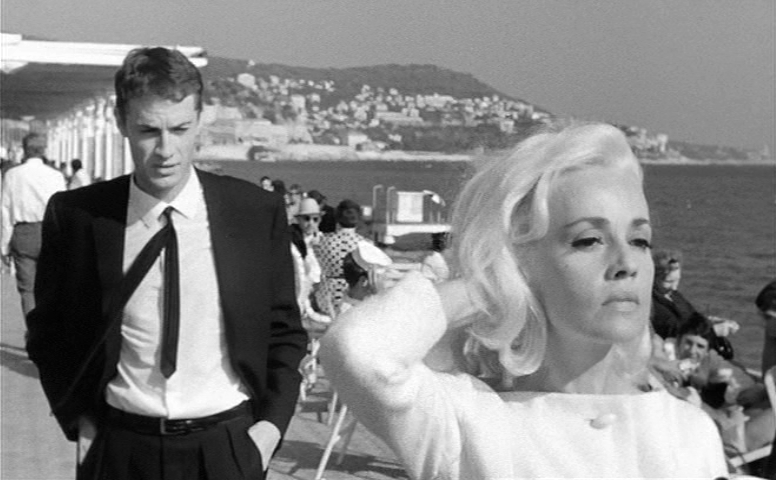
France’s Jacques Demy was a rather dreamy fellow, at least in displaying his ideas onscreen. The cinematic world will always remember him for wonderfully colorful tragic romance set completely to music, The Umbrellas of Cherbourg (1964) and its 1967 follow-up The Young Girls of Rochefort, the stylized romance of his debut Lola (1961), and the literal (and wildly color-filled) adult fairy tale, Donkey Skin (1971). Considering the love for all of this surprisingly honest whimsy, it might not be that much of a surprise that one of his best, and earliest, films, a picture rather out of key with those others, is a bit forgotten today.
The story of Bay of Angels is hardly a fairy tale: a handsome, but rather reticent, young bank clerk named Jean (Claude Mann) accompanies his friend Caron (Paul Guers) on a trip to the casinos of Monte Carlo. It turns out that Caron is a compulsive gambler and, soon enough, so is Jean. One of the key elements pushing Jean into the world of perpetual gambling is the presence of Jackie (Jeanne Moreau).
Jackie is also compulsive but so much more. Neither young nor conventionally beautiful, she exudes a world weary sophistication and, also, a sort of fatalistic wisdom bought by hard experience. Somehow her haggard and worn look, coupled with her innate style, makes her all the more ravishing. Soon enough the young man is coupled with her and finds yet another addiction.
This film has so many of the things that distinguish early Demy: beautiful widescreen black and white cinematography, a stunning sense of place, and a magnificent actress at the center of a simple tale compellingly told. The fine actresses who worked for Demy include Anouk Amiee, Catherine Deneuve (both several times), and Francoise Dorleac but none was ever as great as Moreau. She and Deneuve seemed to be in a contest in the 1960s and 70s to see which one could appear in films by the largest number of great film makers.
Deneuve scored Demy, Truffaut, and Bunuel but Moreau matched all of them and added Welles, Kazan, and Malle, among others. She was among the greatest of film actresses and perhaps the finest French film actress of her period. This film contains one of her finest performances. Pauline Kael greatly praised her performance (comparing it to Bette Davis’ work in 1937’s Marked Woman as having the most vibrant presence in film history). Without her, this would still have been a good, well-made film. With her, it’s a masterpiece.
4. The Milky Way (1969)
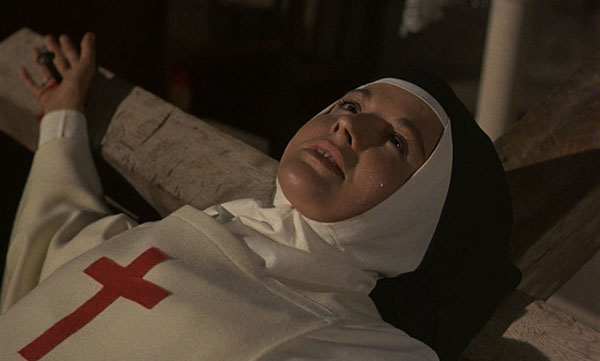
Anyone who knows the work of the great Spanish surrealist Luis Bunuel (or film history in general) knows that he got into a lot, A LOT, of trouble with 1930’s L’Age D’Or (banned from making films for life by the Catholic church, though he actually didn’t work for only two decades).
That film had a pretty good number of sacrilegious elements (especially for such a short film) which had upset both the church and the Spanish government. One might think that being burned so badly due to working with religiously based materials (handled with no reverence or tract) would have dissuaded Bunuel from going down such a path again. One thinking along such lines would obviously have no knowledge of the great, and greatly impudent and iron willed, film maker.
After his return to mainstream European film making, he created the long short subject Simon of the Desert (1965, 40 minutes, and actually shot in Mexico). This story of a saintly prophet and miracle worker on a pillar in the desert and how his every good deed nightmarishly metamorphosizes into one (very funny) mess after another showed that the maker of the scandalous L’Age was still very much in existence. In 1969 he was ready, after some big successes, to bring this subject back to European soil.
The eventual film, The Milky Way, shares much with L’Age D’Or. Both are very loosely structured black comedies which tackle (as do most of Bunuel’s films) a variety of topics concerning the status quo, here namely the church. The various episodes in The Milky Way are hung on the loose structure of two devout modern day Frenchmen (Laurent Terzieff and Paul Frankeur) setting out on foot for Santiago de Compostela, in order to visit the supposed remains of Saint James. Along the way they have many encounters and are not bound by time, space, or any barrier to a mystic dimension.
Just as in L’Age, Jesus and the Marquis de Sade show up, along with a wild variety of others, leading up to, inevitably, the Devil. Though each episode has a close historical basis, they are twisted cunningly by Bunuel into a surreal comedy.
Even in 1969, religious humor didn’t always go over well. However, though the film did stir debate concerning heresy, times had changed enough between the two pictures for no one to end up banned or blacklisted after its release. Actually, Bunuel’s wild musings just show a sharp and questioning mind genuinely concerned with the concepts of Christianity and how they are practiced in the world of organized religion. Now what is so bad about that (don’t answer)?
5. Minnie and Moskowitz (1971)
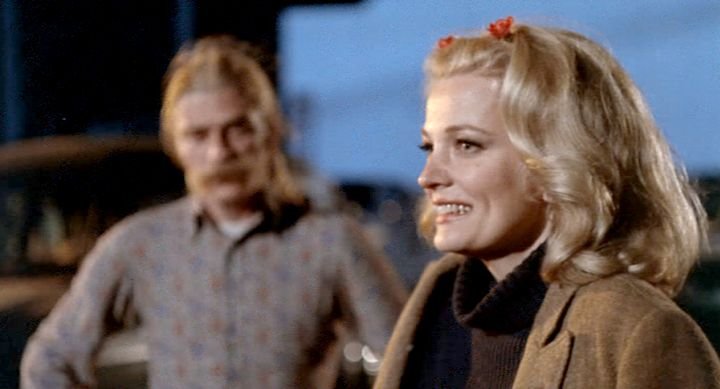
John Cassavetes is truly and rightly considered one of the founding fathers of the US indie film movement and an influential innovative film maker regardless of country. The really admirable thing about this is that he easily could have had a major career as a leading man or star (he mostly acted to finance his films as it happened). He also might have bent mightily and compromised with the major film companies with whom he could have worked as film maker in order to have had an easier and more commercial career (though the few times he tried to work within the system early in that career pleased no one, least of all himself).
However, after his big breakthrough with 1968’s Faces and the arrival of the New Hollywood era, he tried again to see if he could work in the system without compromise. Columbia gave him carte blanche, resulting in 1970’s Husbands, which struck many as quite self-indulgent (it marked one of Cassavetes few appearances in one of his own films, along with real life friends Peter Falk and Ben Gazzara, all of whom seemed to be living it up, though the film was quite serious and somber).
It didn’t strike box office gold, so he tried one more time, this time at Universal and, of all things, with a comedy-drama with a pretty happy ending (probably the total number of laughs in other Cassavetes films equals three and none go for happy endings).
Minnie and Moskowitz centers around the title characters, a sophisticated but none too happy upper middle class woman Minnie (Cassavetes’ favorite muse, wife and excellent actress Gena Rowlands) and hippyish and decidedly lower class parking lot attendant Moskowitz (Cassavetes regular Seymour Cassel).
Moskowitz comes to Minnie’s aid during a potentially tense and hazardous moment in his parking lot and a relationship starts to develop. Film history is full of pictures wherein the heroine, trapped in high society living with unfeeling effete men, meets the dashing down to earth man who tears away the phony social masks and “fulfills” the woman, giving her a more “natural” life.
In outline this sounds like that sort of film but the film maker and players turn the types to flesh and blood. Moskowitz is far from dashing and not that young and just as full of quirks and issues as Minnie. Minnie may come from another strata of society, but she is no ice goddess, instead a confused woman looking for some personal answers and possessing a history that doesn’t come off looking terribly good. The pair realizes that any long term relationship between them will entail a lot of work and willingness to bend in order to blend two wildly different worlds.
The miracle is that, though this is one of the film maker’s lightest films, it’s still full of the kind of intense and revelatory moments that mark Cassavetes’ films. His actors (including his mother Katherine and mother-in-law, Lady Rowlands), as ever, give until it hurts in the service of their mutual film.
Though the ending is happy, it’s happy in an honest, imperfect, worked-for sort of way. Sadly, the film maker’s usual fans considered this film a bit of a sell-out and didn’t exactly turn out. That’s too bad but it did help to pay for Cassavetes’ next indie, 1974’s A Woman Under the Influence (again with wife and mom, both giving fine performances), a career high for all involved. That was nice, but it’s a shame that this rather sweet little prelude had to get lost in the shuffle.